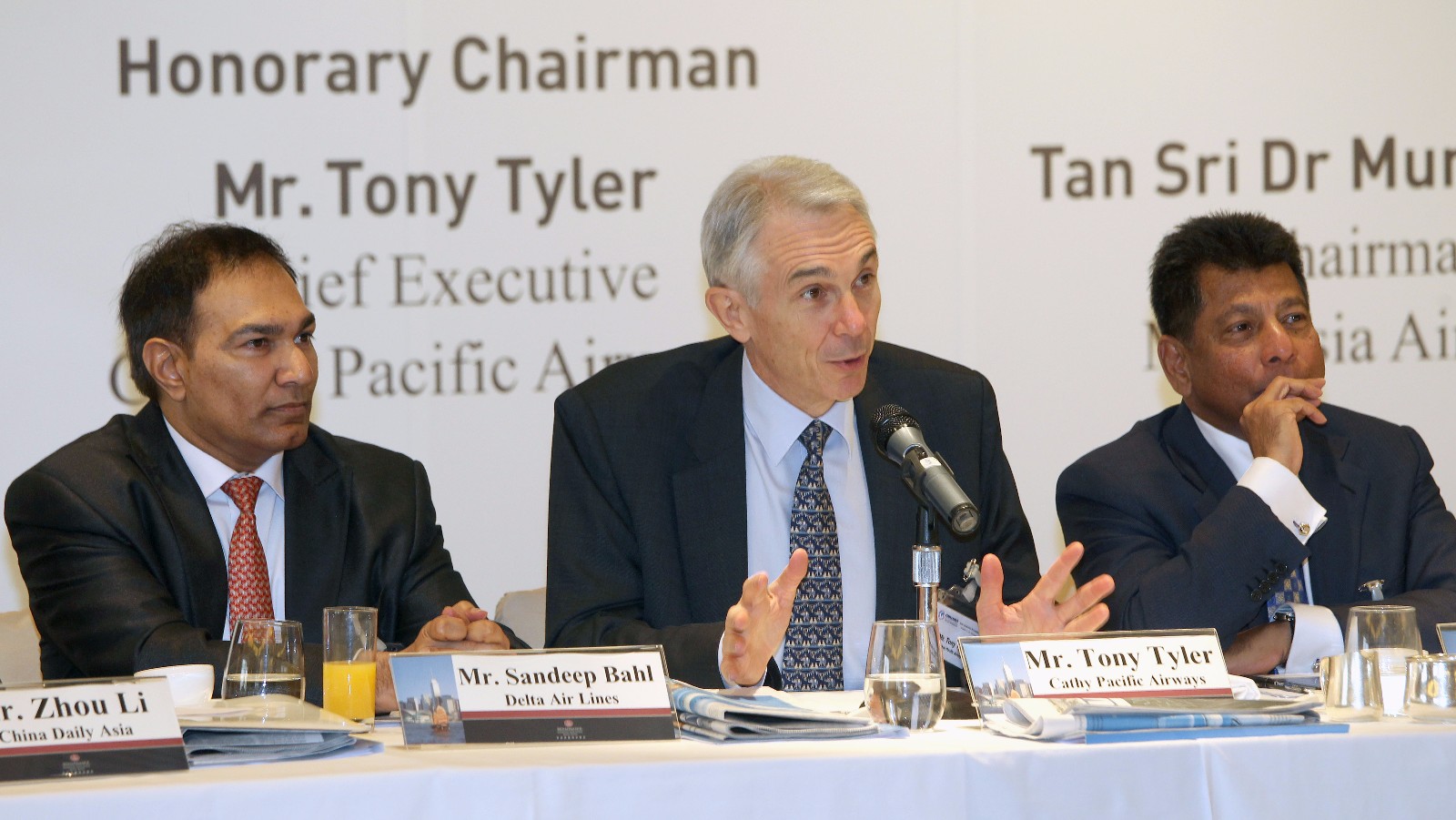2010-12-13

KUCHING: Asian airlines, already the best in the world in terms of service level, are forging ahead on the back of the conti-nent’s growth which would make the civil aviation industry a formidable part of the rise of Asia, according to Malaysian Airline System Bhd (MAS) chairman, Tan Sri Munir Majid. According to MAS’ press statement, Munir voiced this at the China Daily Asia Leadership Roundtable attended by political, business and academic leaders in Asia at the inaugural ceremony in Hong Kong yesterday. He said, “The base figures and trends point clearly to a new dominance reflec-tive of the wider global shift that is taking place today.” He further pointed out, “For every one per cent of gross domestic product (GDP) growth, you can expect 1.5 per cent of traffic growth. The Asian economy is expected to grow seven per cent this year while growth is expected to be anaemic in America and Europe. “Using China and the US as a trend illustration, based on a variety of projections, catch up in total output could take place as early as 2016 or 2020, although the more widely accepted dates are 2025 (Pricewaterhouse Coopers), 2027 (Goldman Sachs) and 2036 (America’s National Intelligence Council).” Munir also highlighted that Asia was starting out from a low base. With 10 times the US population size, if Asia was seen as a domestic market its passenger size was only 1.2 times that of the US. In terms of international travel, while twice the 79 million of the US; this was still behind Europe’s 3.8 times. Indeed overall only 10 per cent of Asia’s population travel ‘domestically’ (US – 91 per cent; Europe – 21 per cent) while international travel is limited to four per cent of the population (US – 22 and Europe – 41 per cent). On the other hand, Munir said, “It is emerging that Asia has a high propensity to spend. Figures from Airbus extrapolate for the period 2009 to 2014 real consumer spending growth of close to and over eight per cent against projected GDP growth of eight and 10 per cent respectively.” The press release outlined that on the number of seats per annum basis, nine of the top 20 airports in the world were in Asia. China alone had 158 airports and planned to build 86 more. There were also more wide-body aircraft operated by Asian airlines, and 50 per cent of global wide-body deliveries up to the end of 2012 would be made to them. While it was all-systems-go for the airline industry in Asia, Munir warned of the still uncertain global political economy, which could move in unhealthy directions whether or not driven by geopolitical considerations. There were also industry-specific challenges. Munir wanted to see no let-up in safety standards as well as environmental standards and further opening up of markets. The industry, he reminded the audience, was volatile and highly competitive. Management could not afford to let its guard down and there was plenty of room for cooperative arrangements and consolidation. He also pointed to the need to develop civil aircraft manufacturing, with only China presently making any great effort in the region. Another area of business offering a huge opportunity was the maintenance, repair and overhaul (MRO) business where Asia’s cost structure was competitive and talent pool strong. There were vast opportunities as the Asian airline industry would forge ahead. Source: http://www.theborneopost.com/2010/12/14/asian-airline-industry-to-spearhead-growth/#ixzz3bUkoLIEi